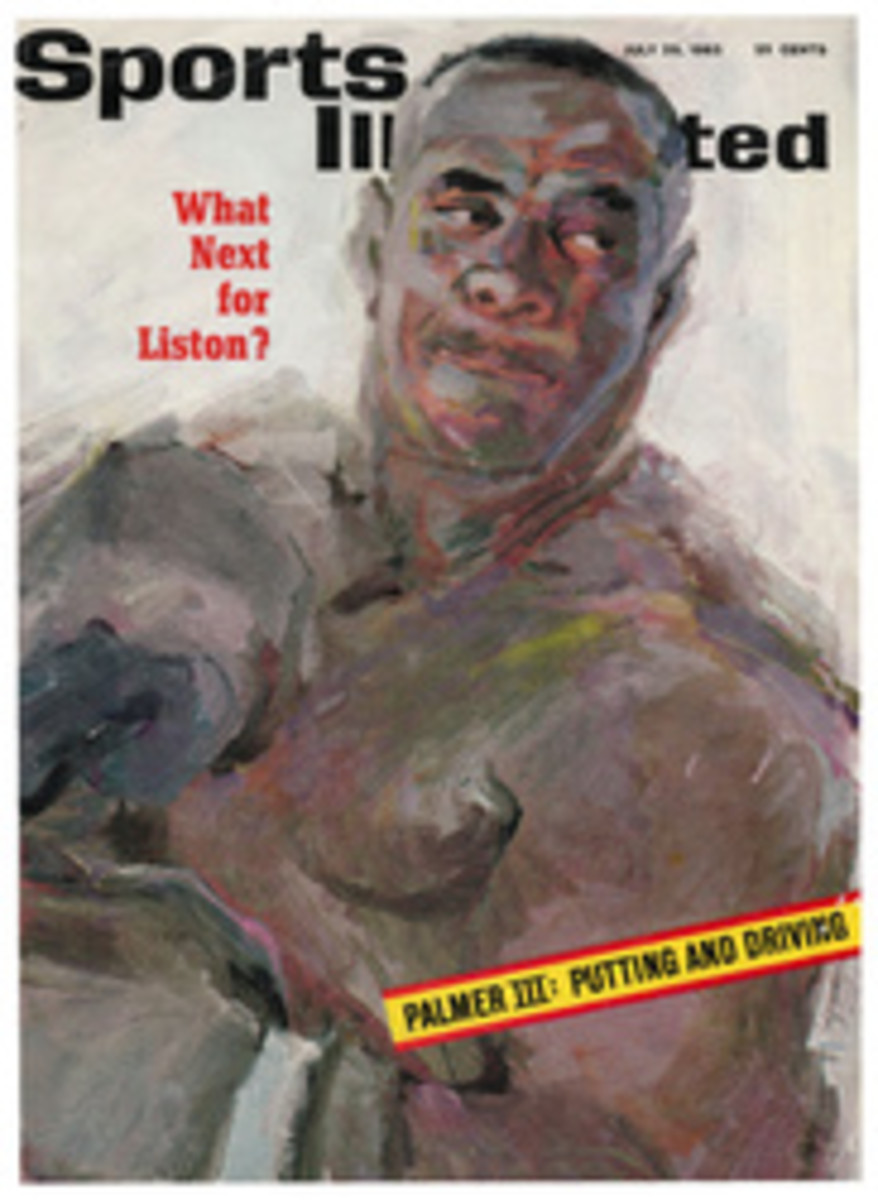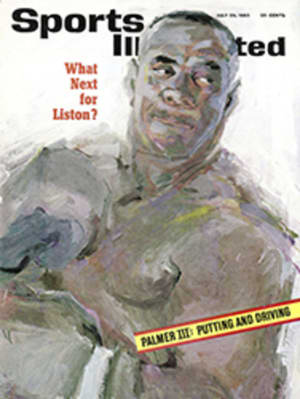
HOUSES THAT UNSQUARE THE CUBE
Of all the forms of dwelling place," says Designer Andrew Geller, "none allows so much room for fun as a summer house. Furnaces and carports and laundry rooms are left behind in the city, and the elements one works with are sunlight and space."
Andy Geller spends his weekdays as an industrial designer for Raymond Loewy/William Snaith, Inc. On weekends he creates houses for fun, averaging 10 a year, each tailored to an individual client. His three latest summer houses, shown on these pages, all have the air of fantasy that is a Geller signature. There are catwalks and circular staircases and hardly a vertical wall to be found. There are fanlight windows, stained glass windows and windows punched out of walls. Most Geller houses are on eastern Long Island, a resort area where 18th century shingled saltboxes, 19th century Victorian mansions and 20th century glass cubes provide a capsule history of U.S. architecture. Geller houses borrow from all their neighbors. Slanting shingled walls recall an Easthampton windmill; stained glass and fanlights, a Victorian attic. "Attics are friendly places" is a Geller maxim. His critics, who get vertigo at the thought of canted walls, call Geller houses "Andy's antic attics."
Antic or not, there is method in these apparent caprices. Most of his clients live in the cube of a Manhattan apartment, work in the cube of a Manhattan office and feel liberated in the new definitions of space around them. All of them want a maximum square footage for a minimum investment. So Geller builds spaciousness into the living areas, with ceilings that soar and windows that bring in the outdoors from unexpected quarters, ventilating the spirit as well as the house. His catwalks and open stairwells have railings of plumber's pipe painted black. Using his World War II experience as a designer of Liberty ships, he engineers storage, cooking, bath and sleeping space into shiplike minimums. And by thus keeping the cost per square foot under $I2, he builds his airy summer havens for less than $12,000.
Betty Reese (in striped shirt) says of her Geller house, set in a grove of oak and dogwood in Bridge-hampton, "I don't care if I never see another box of a room. My windows frame the treetops and the sky." Her fireplace is built of local fieldstone, and the catwalk above the living room connects extra sleeping platform and outside sun deck at one end with upstairs bath and bedroom. Kitchen, ground-floor bedroom and another bath are behind fireplace.
Cedar shingles, a favorite Geller building material, have been used on Long Island houses for 250 years. But triangular windows, punched out as if by a beer-can opener, are a Geller innovation. They cast an even light into Betty Reese's house from all directions. The top of fanlight looks out from an upstairs bedroom, the bottom from a bedroom downstairs.
Because of their unconventional silhouettes, Geller houses often acquire nicknames. This one is called The Box Kite by Westhampton Beach neighbors of the Victor Lynns. Each of two cubes starts with 14 square feet of floor, then angles out in the middle for more than just illusory extra room. Cube at the right is all one spacious, window-lined living room.
Diamonds of glass illuminate the corners of the house, which faces a constant play of boats on Moriches Bay. The outside walls, which look like battening, are actually less expensive plywood. The outward-slanting living-room wall forms a comfortable back for built-in banquettes. Roofs of all houses are paved with heat-reflecting white stone chips.
Georgianna Lynn (right, with son Nicky) takes pride in her kitchen, which occupies corridor between cubes. In second cube there are a guest room and bath downstairs, two bedrooms—one with bunks for the two children—and a bath upstairs. Beams of ceiling and cork insulating material are left uncovered—functional, inexpensive, handsome details.
For Phil George, Andy Geller built this house in a Bridgehampton meadow that slopes from potato fields to Atlantic Ocean dunes. Its shingled sidewalls curve around it protectively, while floor-to-ceiling triangular windows, facing east, filter the bright morning light through amber and mauve glass panels. The projection at the roof line is a rainspout.
All-glass western side of the house faces a deck and summer sunsets. Here the Georges (left) and Shirley Geller (seated) watch while Andy Geller and Sarah Hudson launch a kite in the afternoon breeze. The yellow circular staircase inside house climbs to two bedrooms and a sleeping balcony that overhangs living area. For overflow guests or as an escape for themselves the Georges have built, 50 feet away, a replica, of this house in miniature, big enough for just a bedroom and bath.
EIGHT PHOTOS
FARRELL GREHAN

